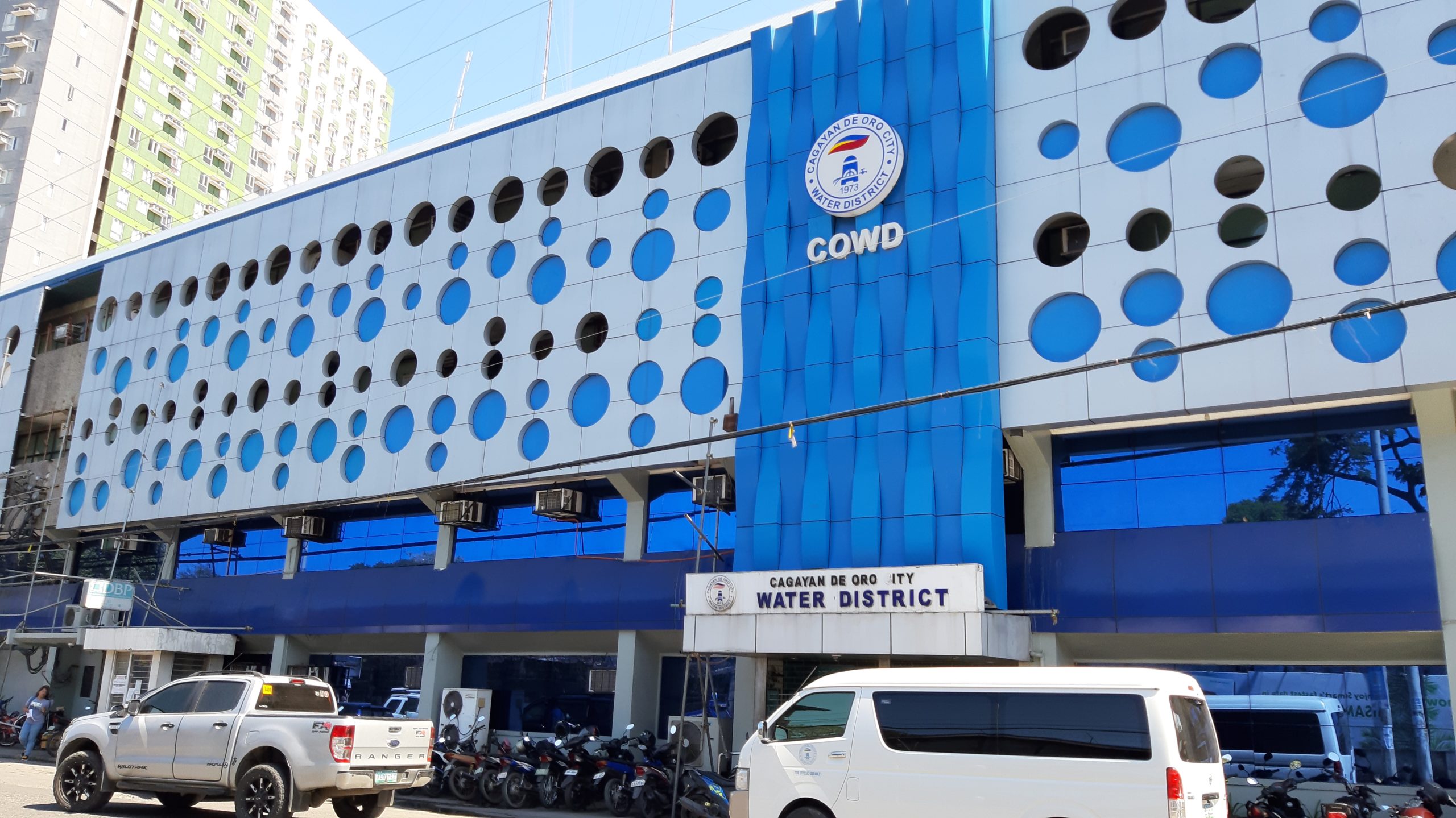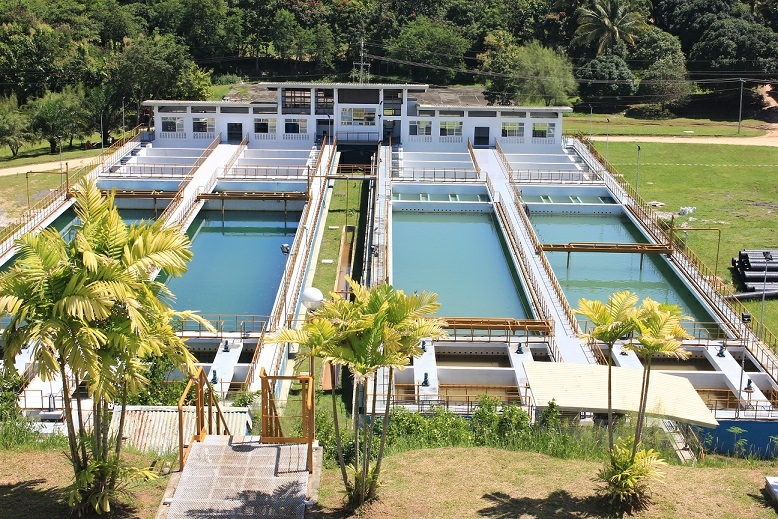A. Paulita Roa
WE knew little of what this country was like during the prehistoric and prehispanic periods. I remember how frustrated I was when we were taught in our Grade 6 class that long before the Spaniards came, nothing much was really known about the Philippines except that it used to be called by the Chinese traders as “Ma-i” meaning the land of gold. It was as if the Spanish conquistadores were the ones that brought “civilization” to this country and our history books at that time were all about the Spanish and American colonial periods.
Most of us, Kagay-anons equate the prehispanic period with the legend of Cagayan de Oro. It is a story of a Maranao princess, Bae Lawanen, whose beauty totally erased the plan of the Manobo prince, Bagani (which incidentally means “warrior” in Binukid) to wage war against the Maranaos that wanted to annex Cagayan territory to theirs. When Bagani and Lawanen got married, the Manobos were so angry that they called their land “Kagayhaan,” meaning the place of shame. They left their homes and went up to live in the mountains in what is today’s Bukidnon. What a charming tale! But what I got in my research about prehispanic and early Spanish periods is something a lot different from this legend.
In 1622, two Spanish Recollect missionaries, Fray Juan de San Nicolas and Fray Francisco de la Madre de Dios, who were stationed in Caraga, heard that the most peaceful people in Mindanao lived in a territory called Cagaiang (this is the earliest mention of Cagayan though the spelling is entirely different ). Eager to evangelize them, the two priests sailed from Butuan to Camiguin. While in the island, they sent a messenger to Datu Salangsang, the chief of Cagaiang, requesting permission to enter his territory. Their request was turned down. Undaunted, the priests approached the grandmother of Salangsang, Doña Magdalena! Naturally, this well known peace mediator of Butuan was able to persuade her grandson, Salangsang to allow the priests to enter Cagaiang.
Here, we see that this noble lady of the renowned Dapitan clan who originally ruled Bohol, could have been married to a member of the ruling family of Butuan. This family was closely related to the ruling families of Cebu and Limasawa. Moreover, the brother of the Rajah of Butuan in the 16th century, became the Sultan of Jolo. Doña Magdalena’s grandson was the ruler or Datu of Cagaiang while her brother, Pedro Manuel Manooc founded Yligan. So this family was very well-connected and powerful.
Another interesting thing that we have to consider is that Salangsang’s grandmother was a Bol-anon, therefore, a Bisaya. So it is evident that the 16th century Kagay-anons were not pure Manobos as alleged by other historians. Though there were intermarriages between the Visayans and the lumads long before the Spaniards came to our shores, the Visayans dominated the northern Mindanao region for many centuries as evidenced by the Visayan ethnolinguistic identity that we still have to this day.
Back to our story, Doña Magdalena personally accompanied the priests to Himologan, located on top of a promontory along the river. This was the residence of Salangsang and his community that consisted of 500 families.The priests wrote a journal that recorded their stay there and among the things that they observed was this: “The people of Cagaiang differ a little from the people from Butuan and Caraga for they were more docile than the other inhabitants of Mindanao.” (Cronicas de Recolletos,1681).
They also noted that the men and women dressed and talked like the Visayans and had a Visayan culture. That they were well advanced in their social structure and material development.
Doña Magdalena Baluyo played a great role in our history when she was instrumental in bringing the first Spaniards to Cagaiang. Little did she know that her act would change the lives and destiny of the Kagay-anons for many, many generations to come. In a short while, Himologan would be abandoned and the people moved to a new settlement called Cagaiang (now known as Cagayan de Oro City) besides the river. And then, her grandson and his wife became the first Christians of the new settlement of Cagaiang. That is another story worth telling!
Disclaimer
Mindanao Gold Star Daily holds the copyrights of all articles and photos in perpetuity. Any unauthorized reproduction in any platform, electronic and hardcopy, shall be liable for copyright infringement under the Intellectual Property Rights Law of the Philippines.









